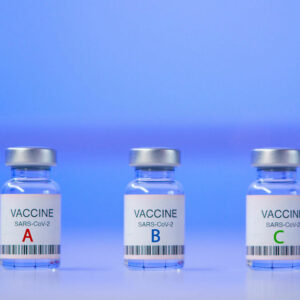
Things to know about the Novavax vaccine
Novavax, a leading biotechnology company, has gained worldwide attention with its innovative COVID-19 vaccine, NVX-CoV2373. This vaccine has demonstrated remarkable efficacy in clinical trials utilizing cutting-edge nanoparticle technology, with 90% effectiveness in slowing the spread of COVID-19 and reducing the rate of hospitalizations. It has a favorable safety profile and the capacity for storage at standard refrigerator temperatures, which is helpful. Here are some things to know about the vaccine in detail: Development and technology The Novavax COVID-19 vaccine employs a novel nanoparticle approach to stimulate an immune response. This nanoparticle is designed to mimic the spike protein found on the surface of the SARS-CoV-2 virus, which causes COVID-19. The vaccine does not contain a live virus, making it a non-replicating viral protein vaccine. This approach allows the immune system to recognize and develop defenses against the spike protein without causing the disease. Efficacy According to some clinical trials, the vaccine’s efficacy has been positive. In a phase 3 trial conducted in the country, the vaccine demonstrated an overall efficacy of around 90% against COVID-19. Importantly, it has also exhibited significant protection against severe disease, including variants of concern. Safety profile Safety is a paramount concern in vaccine development. According to reports, Novavax’s vaccine has shown a favorable safety profile, which means that the vaccine’s side effects are generally mild, including pain at the injection site, fatigue, headaches, and muscle pain.
Read More 







